Ancient Cargo Recovered From 3,000 Year-Old Shipwreck in Mediterranean Sea Could Shed Light On Ancient Maritime Navigation
More than three millennia ago, a merchant vessel sank about 5,900 feet beneath the Mediterranean Sea. Recently, archaeologists recovered two storage jars from the site, dating back to between 1400 and 1300 B.C.E.
This shipwreck, found 55 miles off Israel’s coast, is the oldest ever discovered in deep waters, revolutionizing our understanding of ancient maritime navigation.
Significance of the Discovery
The discovery changes our entire understanding of ancient navigational skills. According to Jacob Sharvit, director of maritime archaeology for the Israel Antiquities Authority, it’s the first wreck found so far from shore with no line of sight to land.
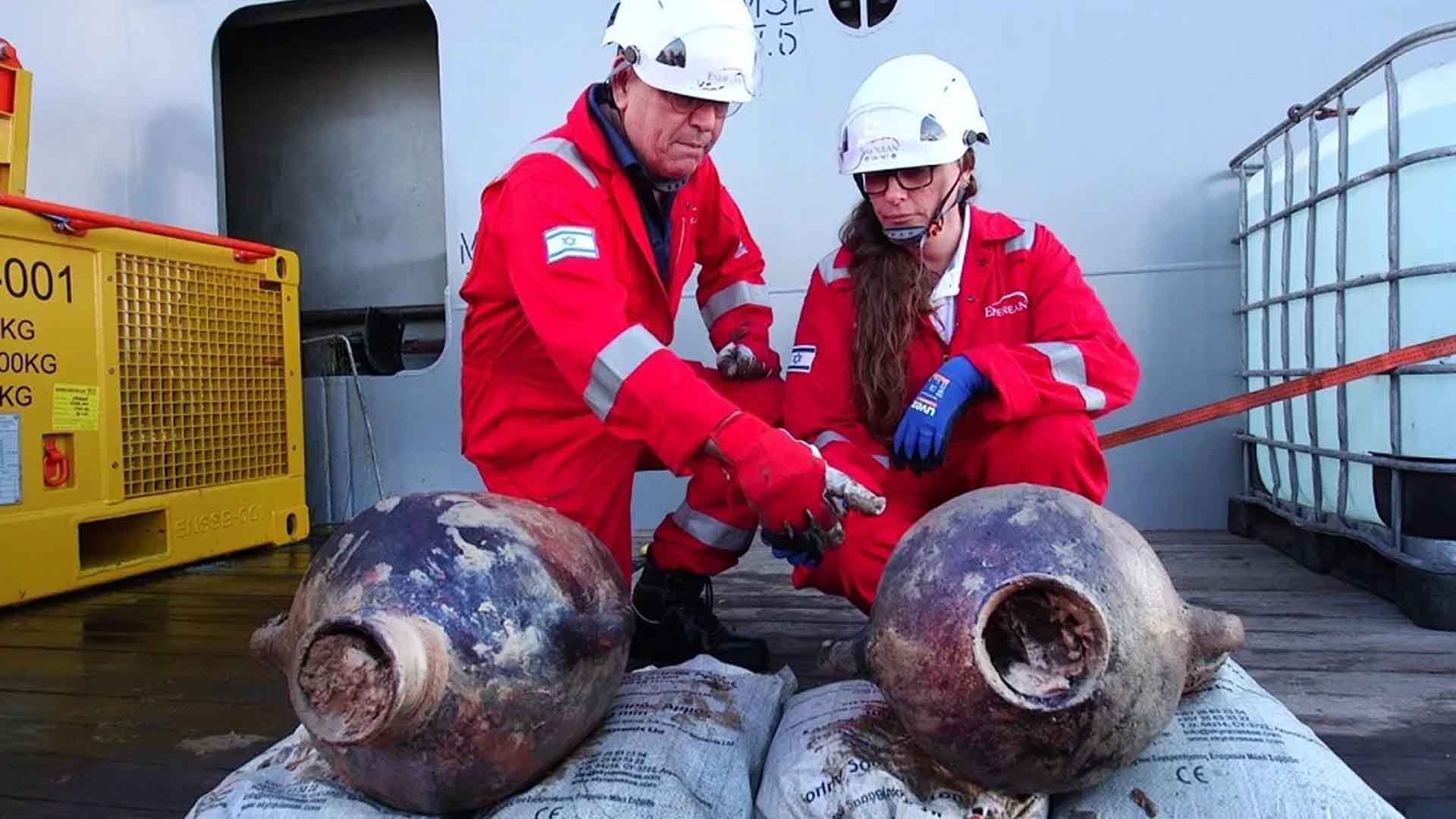
Source: Emil Aladjem / Israel Antiquities Authority
This implies that ancient sailors had a comprehensive knowledge of celestial navigation, enabling them to travel great distances.
The Role of Celestial Navigation
Ancient sailors lacked modern navigational tools like compasses and astrolabes. To venture so far from land, they relied on the stars, sun, and other celestial bodies.

Source: Wikimedia
This newfound evidence suggests that their navigational skills were far more advanced than previously thought, allowing them to undertake long-distance voyages across open waters.
Uncovering the Wreck
Energean, a London-based energy company, discovered the 3,300-year-old cargo during a seafloor survey last summer. Using a remotely operated vehicle (ROV), they captured images of the amphorae scattered on the seafloor.
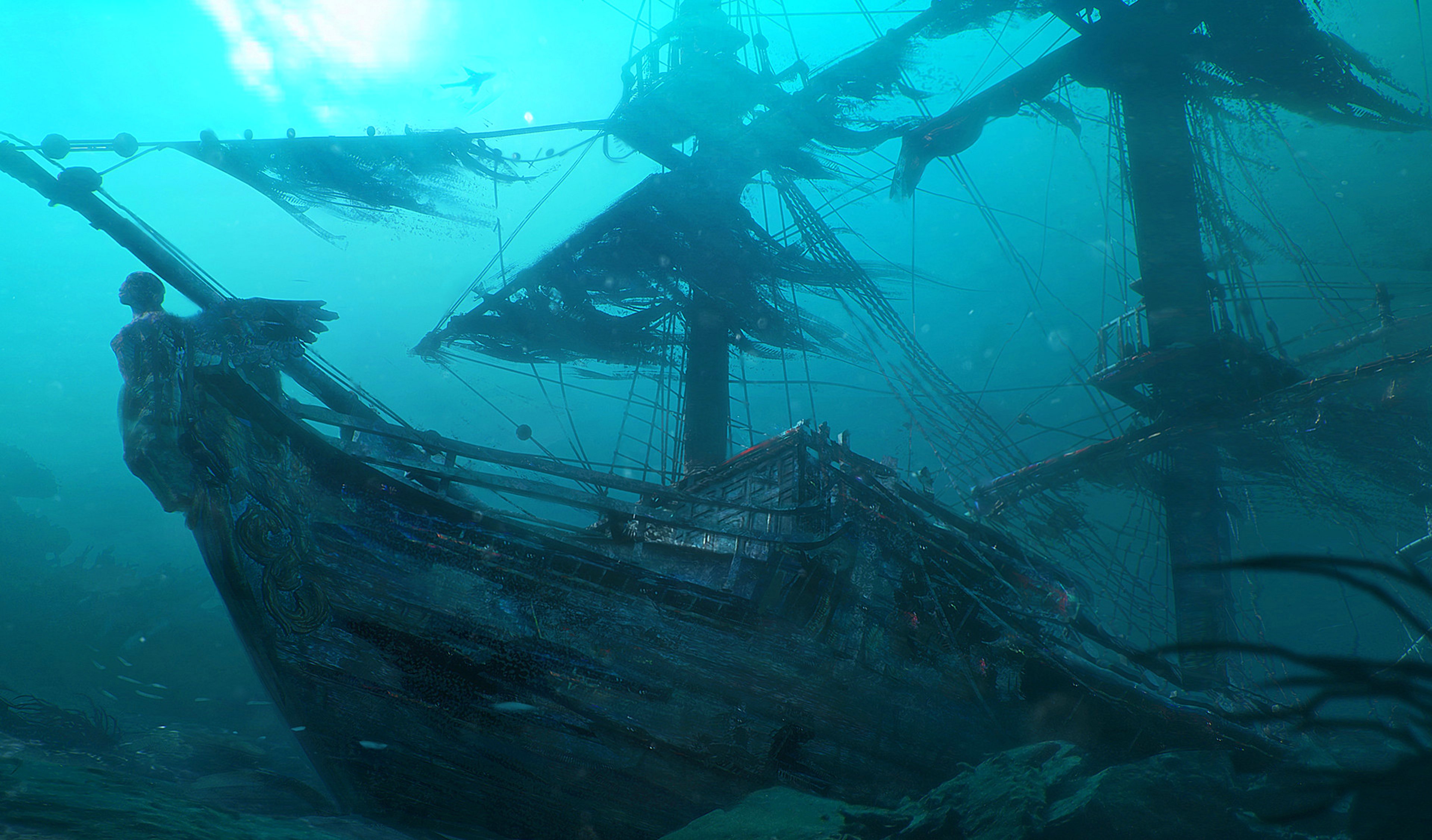
Source: Wurger GoodFon
Israeli law mandates reporting such finds, so Energean sent their images to the Israel Antiquities Authority.
Initial Reaction and Challenges
Sharvit was astounded upon seeing the images of the Bronze Age jars. Recognizing the importance of the find, he knew immediate action was required.
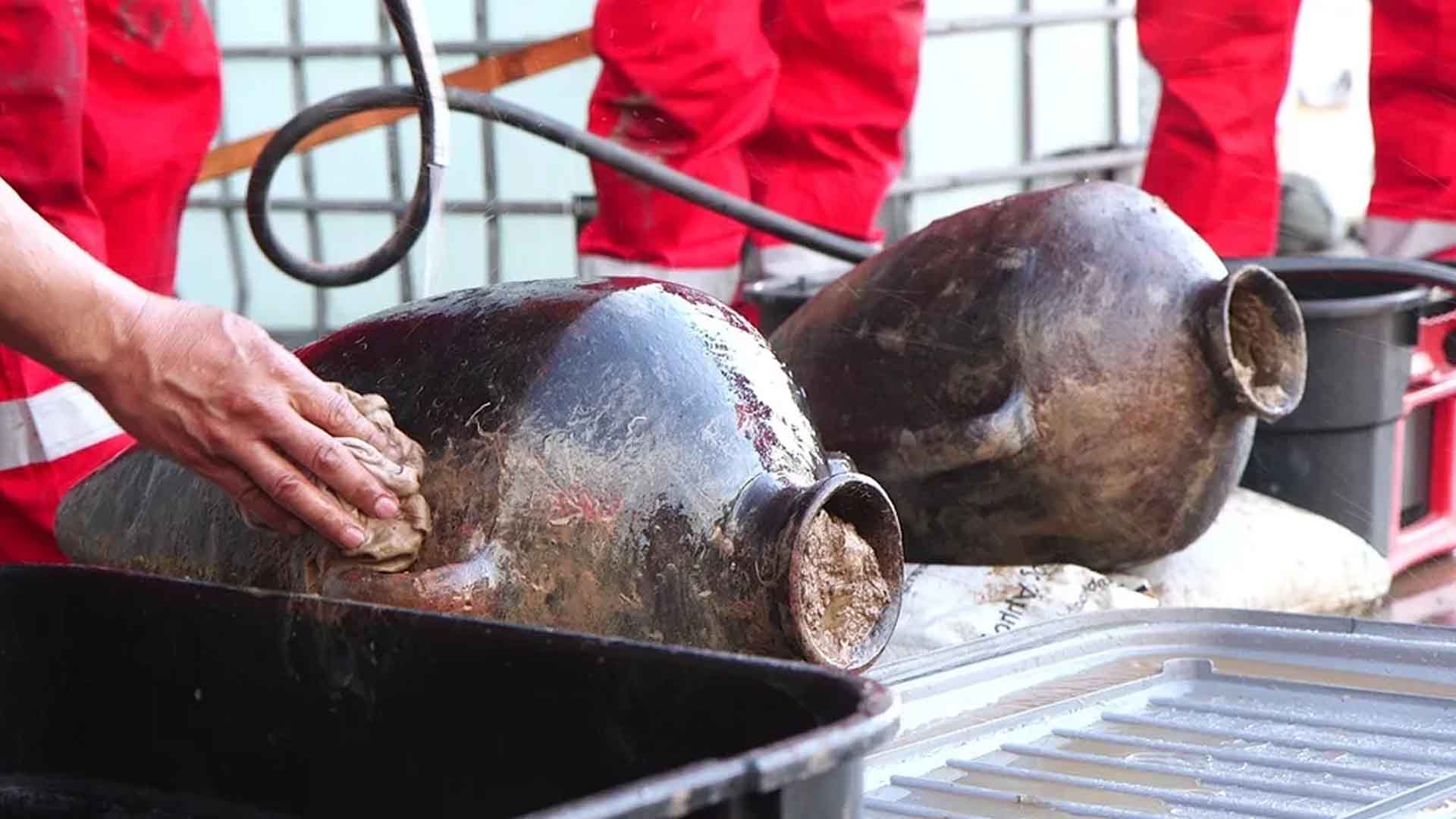
Source: Emil Aladjem / Israel Antiquities Authority
However, the IAA lacked the technology to reach such depths, prompting them to seek Energean’s assistance for the recovery mission.
Recovery Mission
Energean agreed to help without hesitation. After months of planning, they lowered the ROV with specially designed attachments into the sea.
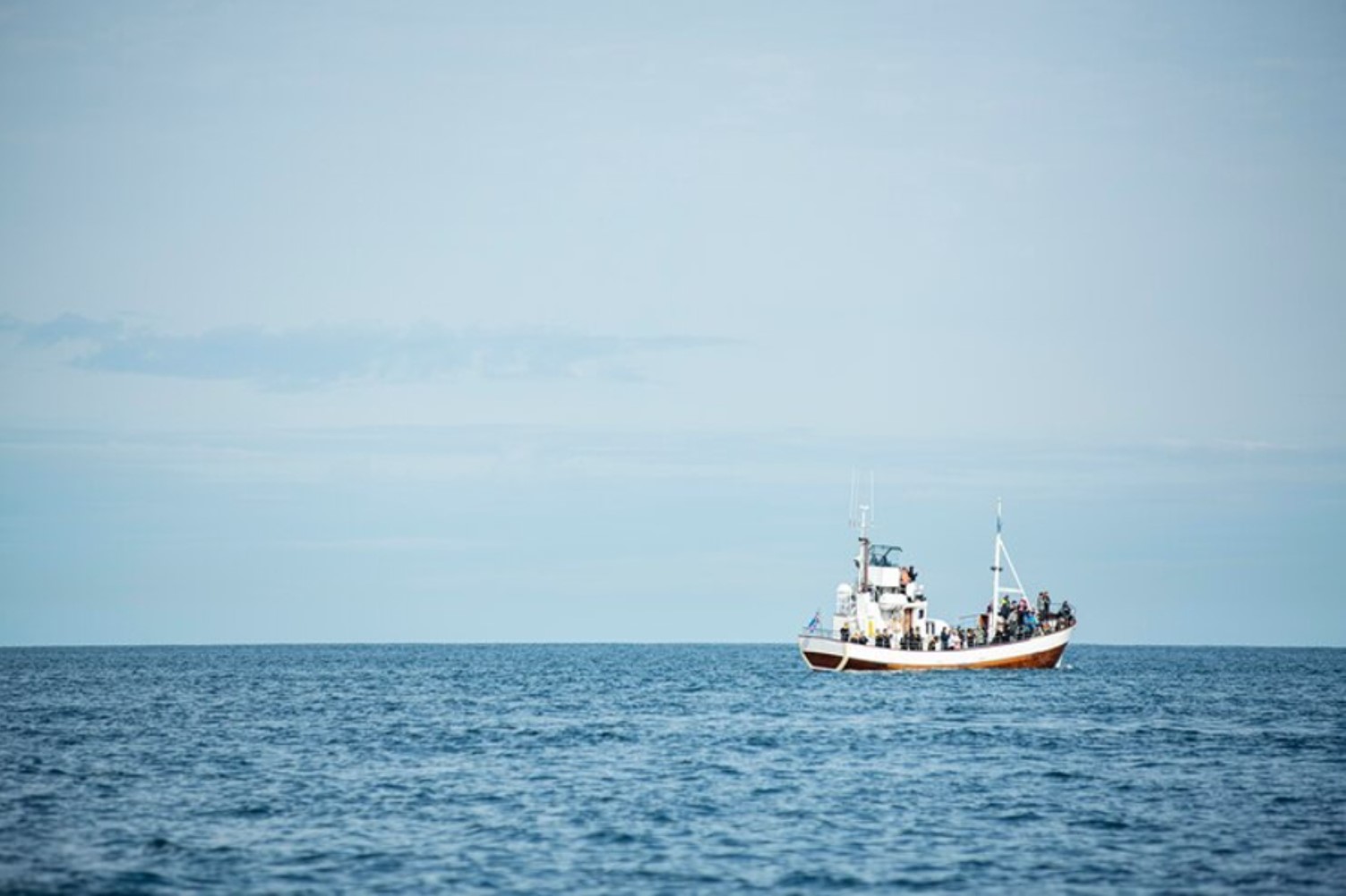
Source: Freepik
The ROV descended for three hours to reach the bottom, capturing high-resolution videos of the site and carefully retrieving two amphorae, which were then brought safely to the surface.
Understanding the Ship's Fate
The cause of the vessel’s sinking remains a mystery. Whether it was a storm, a leak, or a pirate attack, something caused the ship to go down quickly.
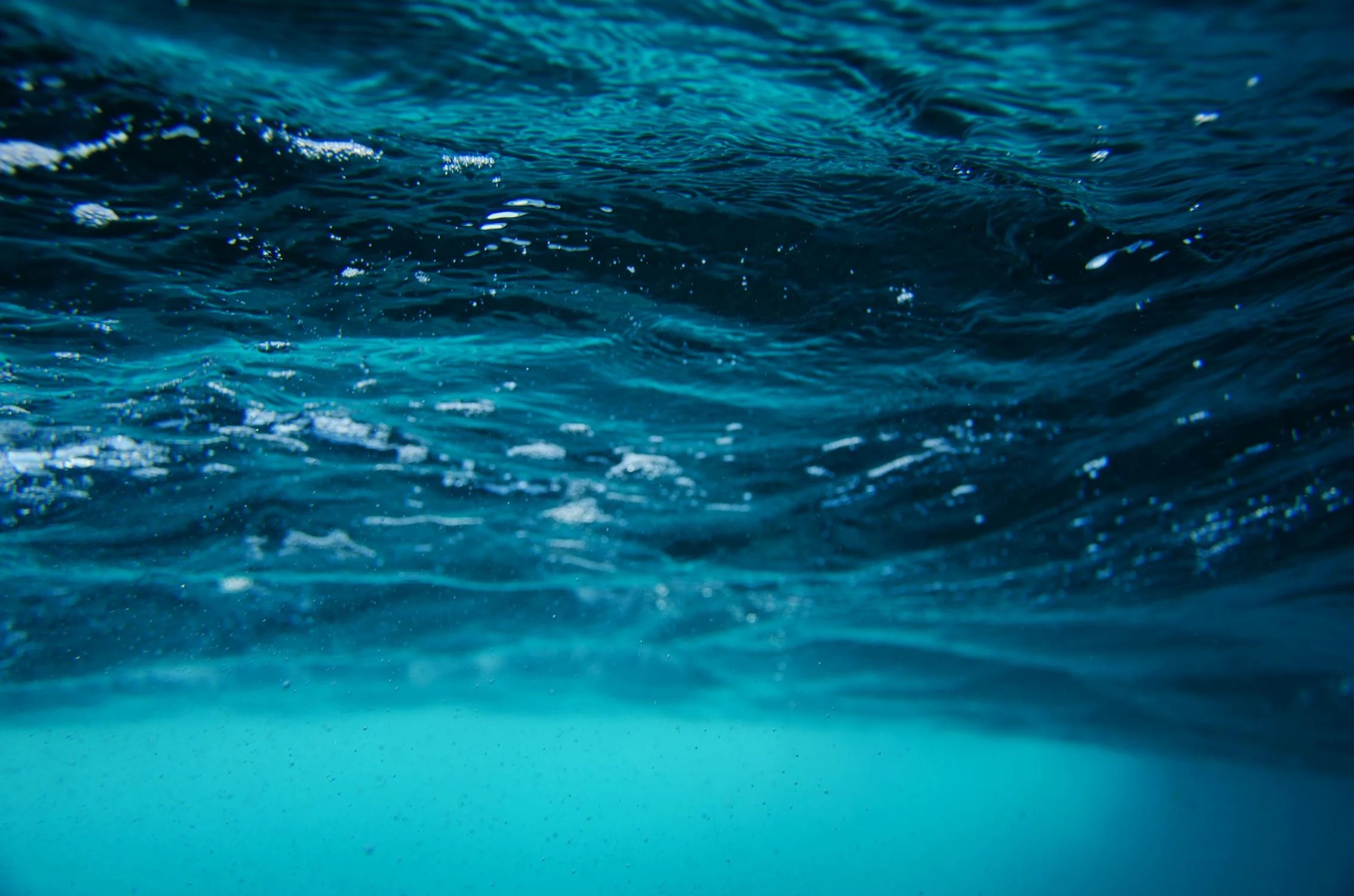
Source: Emiliano Arano/Pexels
Sharvit noted the absence of efforts to lighten the load, suggesting the ship sank suddenly and rapidly.
Preservation at Depth
The wreck’s location at over 5,000 feet deep offers a unique preservation environment.
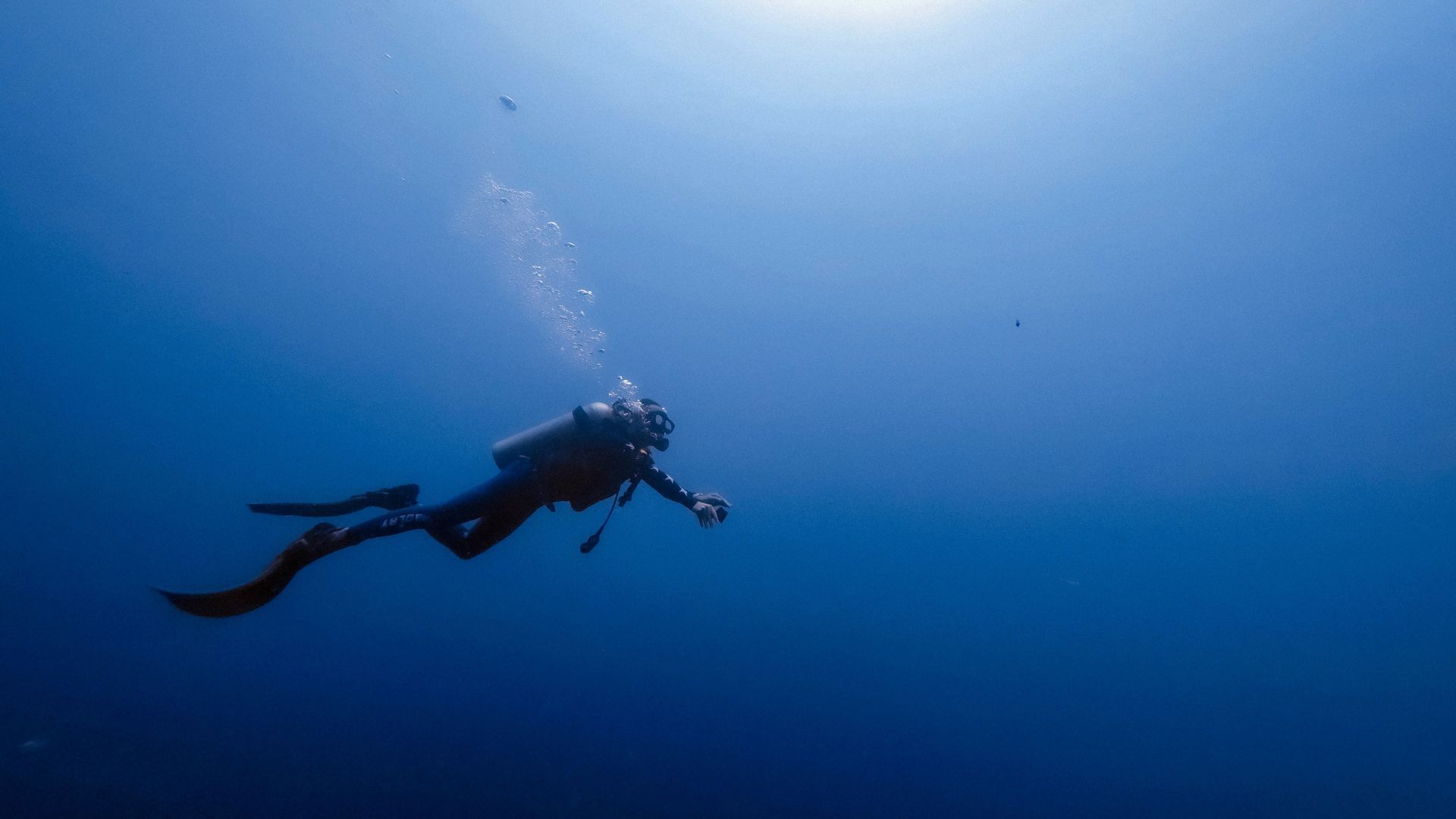
Source: Bobbi Wu/Unsplash
According to nautical archaeologist Shelley Wachsmann items buried in sediment at such depths are likely to be in better condition than those in shallower waters, where they are more exposed to environmental factors.
Potential Hidden Treasures
While no remains of the ship are visible, researchers estimate its length to be between 39 and 46 feet. Sharvit wonders if wooden beams or other artifacts might be hidden beneath the amphorae.

Source: Ashin Suresh/Usnplash
However, due to the high costs and challenges of deep-sea missions, further exploration of the site is not currently planned.
Comparisons to Other Finds
This discovery is particularly rare, with only two other Bronze Age shipwrecks found in the Mediterranean. Both of those were near Turkey and are hundreds of years younger than this newly identified wreck.
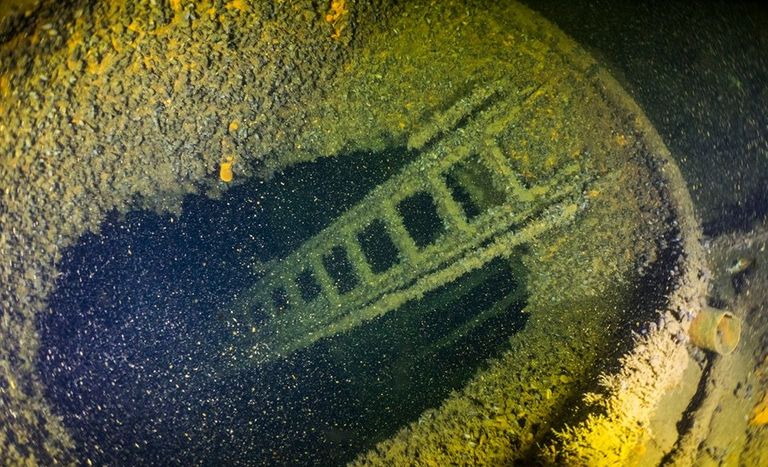
Source: Fundacja MARE/Facebook
This makes the current find exceptionally significant in understanding ancient maritime trade and navigation.
Impact on Maritime Archaeology
The discovery of this ancient shipwreck opens new possibilities in maritime archaeology. It highlights the potential for future finds in deep waters and advances our knowledge of ancient seafaring.

Source: Shutterstock
Each find like this brings us closer to understanding how early civilizations connected across vast oceans.
Future Prospects
Though further missions to the site are not planned, the recovered amphorae and high-resolution videos provide invaluable data.
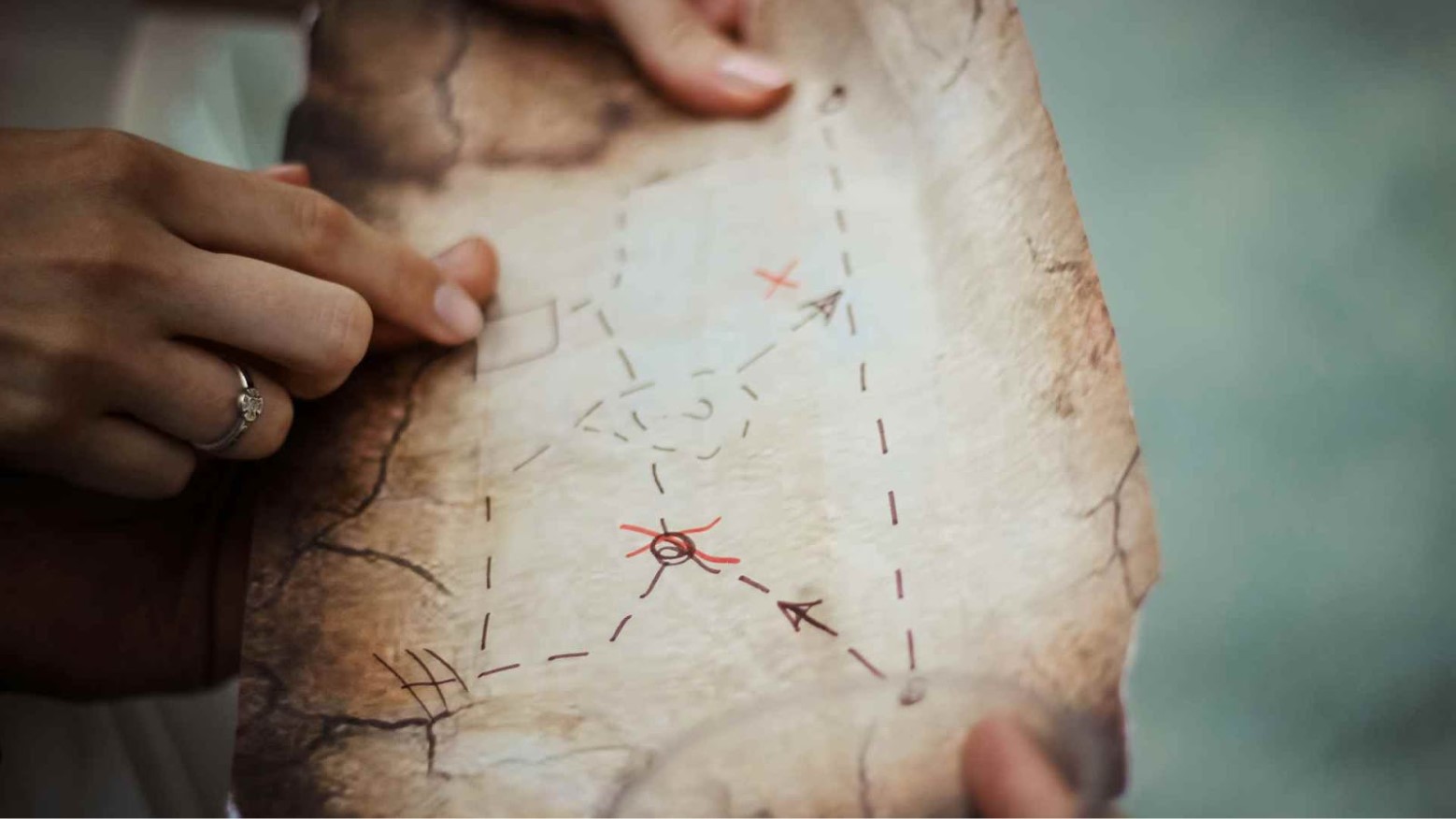
Source: N/Unsplash
This find encourages continued exploration and technological advancements in deep-sea archaeology, promising more insights into ancient maritime history and navigation techniques.
